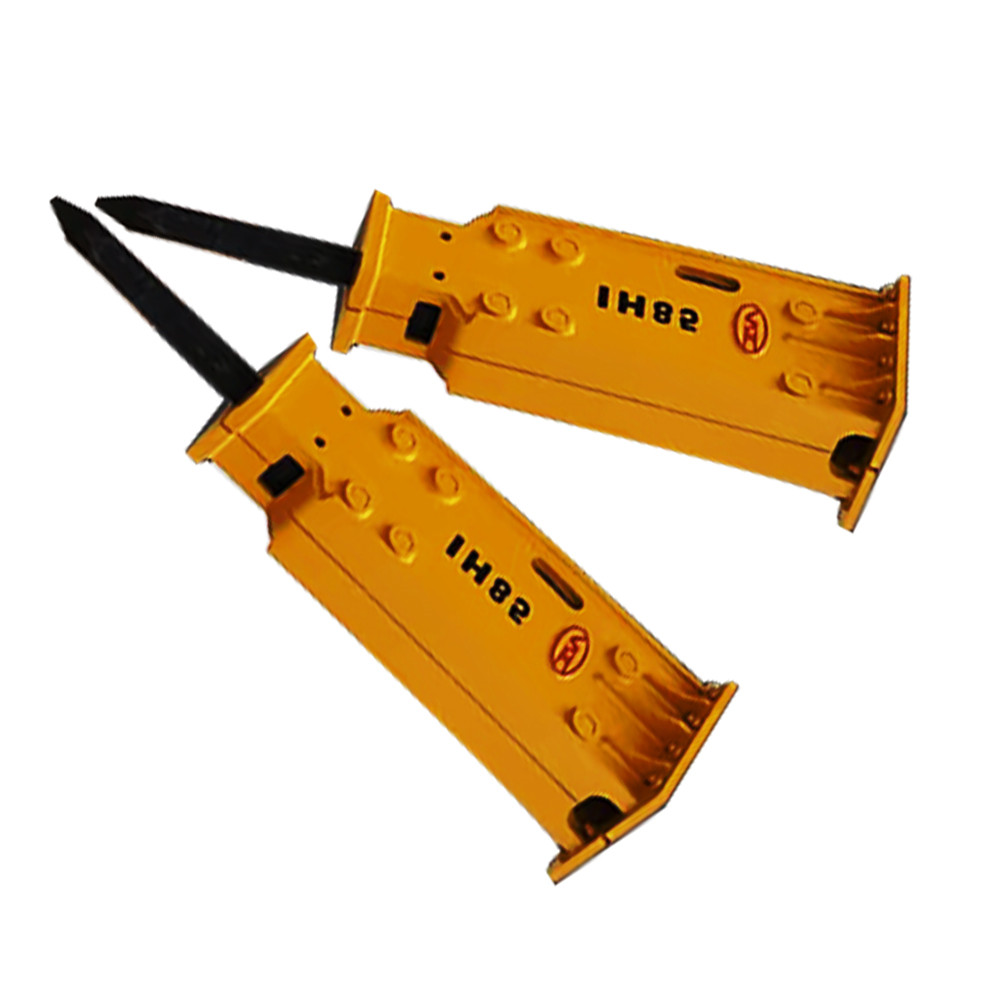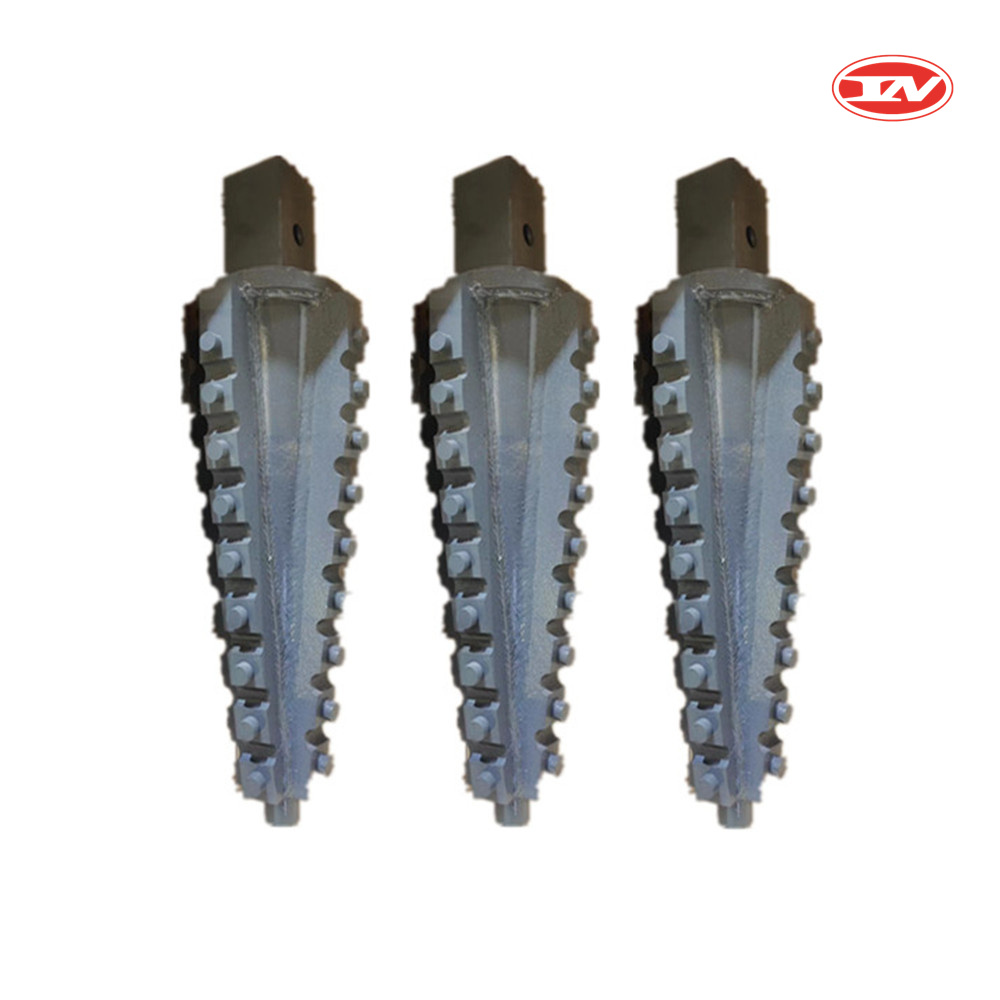Specialized Equipment in the Mining Market: Core Tools Driving Operational Efficiency
The mining industry, as a cornerstone of the global industrial chain, relies heavily on specialized equipment to ensure the efficiency, safety, and sustainability of extraction operations. Among the diverse array of mining machinery, drilling equipment and its supporting components—including drills, hammers, drill bits, drill rods, drill steels, air hoses, and joints—stand out as the "frontline warriors" in mineral exploration and extraction. This article delves into the key roles, technical characteristics, and market dynamics of these essential tools, highlighting their irreplaceable value in the modern mining sector.

Drills: The Backbone of Mining Drilling Operations
Drills serve as the primary equipment for creating boreholes in mining sites, laying the foundation for subsequent operations such as blasting, exploration, and ventilation. Depending on the mining environment and operational requirements, mining drills are categorized into several types, including rotary drills, percussion drills, and diamond core drills. Rotary drills, known for their high drilling efficiency, are widely used in open-pit mining for large-scale borehole drilling. They operate by rotating the drill bit to cut and crush rock, making them suitable for relatively soft to medium-hard rock formations. Percussion drills, on the other hand, adopt a "impact + rotation" working principle, generating high-frequency impacts to break hard rock. This type of drill is a staple in underground mining and hard rock extraction scenarios, where rock hardness and space constraints demand robust performance.
With the advancement of intelligent mining, modern drills are increasingly integrated with automation and remote-control technologies. These smart drills are equipped with sensors to monitor drilling parameters such as pressure, speed, and depth in real-time, enabling operators to adjust operations remotely and reduce the risk of on-site accidents. Additionally, energy-saving designs have become a key focus in drill development, with manufacturers utilizing high-efficiency motors and hydraulic systems to lower fuel consumption and carbon emissions, aligning with the global trend of green mining.

Hammers and Drill Bits: Precision Tools for Rock Breaking
Hammers and drill bits are core consumable components that directly determine the efficiency and cost of drilling operations. Hammers, particularly hydraulic and pneumatic impact hammers, provide the necessary impact force to drive drill bits into rock formations. Pneumatic impact hammers are widely used in small to medium-sized mining operations due to their simple structure, low maintenance costs, and adaptability to harsh environments. Hydraulic impact hammers, however, offer higher impact energy and efficiency, making them ideal for large-scale mining projects and hard rock conditions.
Drill bits, which come in various types such as tri-cone bits, PDC (Polycrystalline Diamond Compact) bits, and cross bits, are designed to match different rock properties and drilling methods. Tri-cone bits, with their three rotating cones embedded with teeth, excel in crushing and grinding rock, making them suitable for medium-hard formations. PDC bits, leveraging the high hardness and wear resistance of diamond, deliver exceptional drilling speed and longevity in soft to medium-hard rock, significantly reducing the frequency of bit replacement. Cross bits, characterized by their cross-shaped cutting edges, are commonly used in percussion drilling for hard rock, as they can effectively transmit impact energy to break rock. The selection of drill bits is critical to mining efficiency, as an improperly matched bit can lead to increased wear, reduced drilling speed, and higher operational costs.

Drill Rods, Drill Steels, and Conveyance Components: Ensuring Stable Power Transmission
Drill rods and drill steels act as the "connecting links" between the drill and the drill bit, transmitting rotational force and impact energy while withstanding high pressure and torque. Drill rods, typically made of high-strength alloy steel, are designed to be lightweight yet durable to minimize energy loss during transmission. In deep-hole drilling, drill rods are often connected in sections using threaded joints, requiring precise manufacturing to ensure tight connections and prevent leakage of drilling fluid or compressed air. Drill steels, which are used in percussion drilling, are subjected to repeated impact loads, so they are made of high-toughness steel with heat treatment to enhance wear resistance and fatigue strength.
Air hoses and joints are essential for conveying compressed air, which powers pneumatic drills and hammers. Air hoses must be flexible, pressure-resistant, and resistant to abrasion and chemical corrosion to adapt to the harsh mining environment—including dust, moisture, and extreme temperatures. Joints, which connect air hoses to drills and hammers, are designed to ensure airtightness to prevent pressure loss. High-quality joints can significantly improve the efficiency of pneumatic equipment and reduce maintenance costs caused by air leakage. In recent years, manufacturers have developed composite air hoses and corrosion-resistant joints to further enhance the reliability and service life of these components.

Market Trends and Future Developments
The global mining equipment market, driven by the growing demand for minerals such as lithium, copper, and iron ore (fueled by the energy transition and infrastructure construction), is witnessing steady growth. For specialized drilling equipment and components, several key trends are shaping the market: intelligence, greenization, and customization. Mining companies are increasingly investing in intelligent equipment to improve operational efficiency and safety, driving the demand for drills with remote monitoring, autonomous drilling, and data analytics capabilities. Green mining initiatives are pushing manufacturers to develop energy-saving equipment—such as electric drills and low-emission hammers—and recyclable components to reduce the industry's environmental footprint.
Customization is another emerging trend, as mining conditions vary significantly across regions and mineral types. Manufacturers are offering tailored solutions—such as drill bits designed for specific rock formations or drill rods optimized for deep-hole drilling—to meet the unique needs of customers. Additionally, the after-sales service market for mining equipment is expanding, with manufacturers providing maintenance, repair, and replacement services for components like drill bits and hammers to ensure continuous operation for mining companies.

Conclusion
Drills, hammers, drill bits, drill rods, drill steels, air hoses, and joints are the core components of the mining industry, forming a complete drilling system that drives the entire extraction process. Their performance directly impacts mining efficiency, safety, and cost. As the mining industry moves toward intelligence, greenization, and customization, the development of these specialized equipment and components will focus on improving efficiency, reducing energy consumption, and enhancing reliability. By continuously innovating and optimizing these tools, the mining industry can better meet the global demand for minerals while achieving sustainable development.




